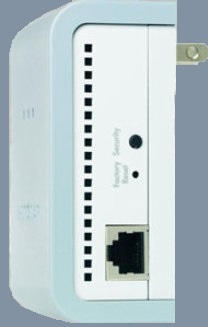


© Estwald ISI 2015 - 2025


Estwald’s
Information System Infrastructures

The Bridge
A bridge consists of two or more devices that substitute for an Ethernet cable when it is
impractical to run an Ethernet cable either because of distance or the aggravation of running a
cable. Each bridge device has two input output connections. One generally is an Ethernet port
and the other could be any number of things from a fiber optics connection to wave
transmitter/receiver.
They work simply enough, packets of data go in the Ethernet port of one bridging device,
are converted to a new signal medium, transmitted to the other bridging device through whatever
transportation medium the bridge device uses (fiber, power line, carrier wave), are converted
back to Ethernet medium, and sent on their way. Bridging devices are essentially invisible to the
network.
The cable modem located in the home or office is half a bridge. A modem at the service
provider’s facilities sends data to the local modem via coax cable using a standard known as
DOCSIS (Data Over Cable Service Interface Specification). The local modem converts the
packets to Ethernet and forwards them to either a PC or gateway.
Another type of bridge common to a home or SOHO subnet uses the power outlets. These
devices fall under the Powerline standard. They plug directly into wall outlets that use a common distribution panel. Extension
cords are not allowed. If more than 2 units are used they act collectively as a hub on the power line side. Extraneous packets
are not converted to Ethernet. Powerline modules are sold with different speed ratings from 12 Mb/s up to 2 Gb/s but these
ratings are theoretical maximums. In the real world 10% to 30% of rated speed is more typical. Still, that’s not half bad for a
couple of AC outlets.
And of course there is always the Ethernet to wave to Ethernet bridge approach which should not be confused with WiFi
range extenders/repeaters which address a weakness of signal strength.
















